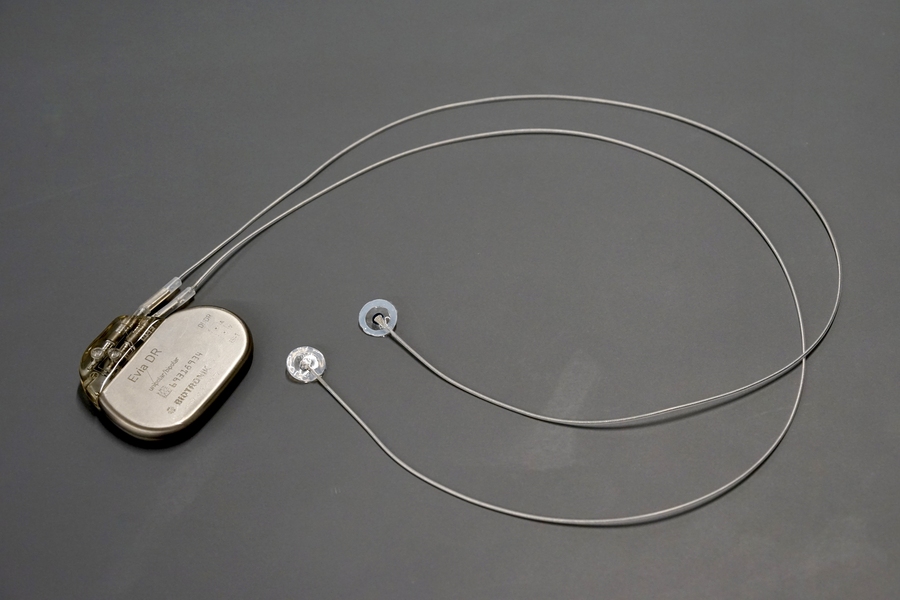In 2012, Neil Armstrong, the first man to walk on the moon, died of post-surgery complications at the age of 82 following what should have been a routine heart surgery. Armstrong had undergone bypass surgery, the most common open-heart operation in the United States, and a surgery where the overall chance of death has dropped to almost zero.
Armstrong’s death was caused by heart damage that occurred during the removal of temporary cardiac pacing leads. Pacing leads are routinely used to monitor patients and protect against the risk of postoperative arrhythmias, including complete blockages, during the recovery period after cardiac surgery. However, because current methods rely on surgical suturing or direct insertion of electrodes to the heart tissue, trauma can occur during implantation and removal, increasing the potential for damage, bleeding, and device failure.
A coffee chat in 2019 about Armstrong’s untimely death helped inspire new research, published in the journal Science Translational Medicine. The research demonstrates findings that may offer a promising new platform for adhesive bioelectronic devices for cardiac monitoring, diagnosis, and treatment, and offer inspiration for the future development of bioadhesive electronics.

